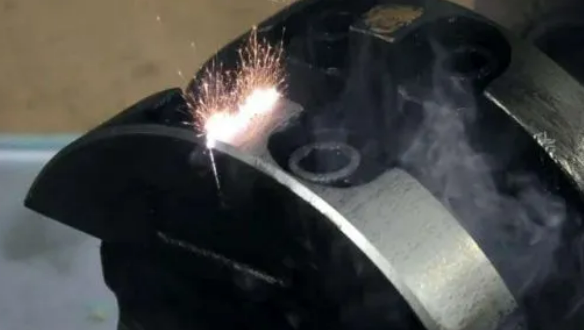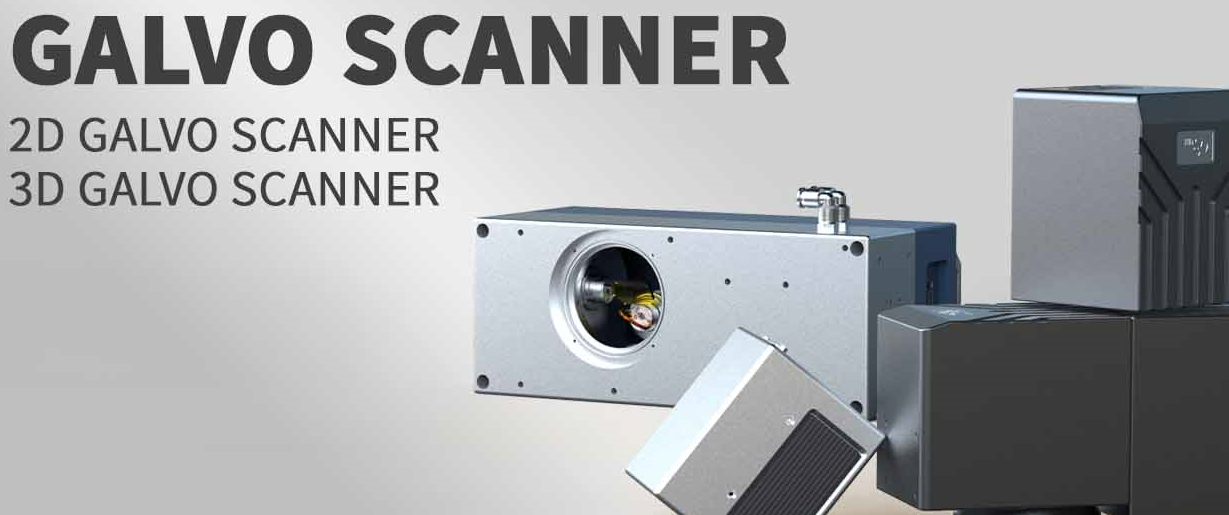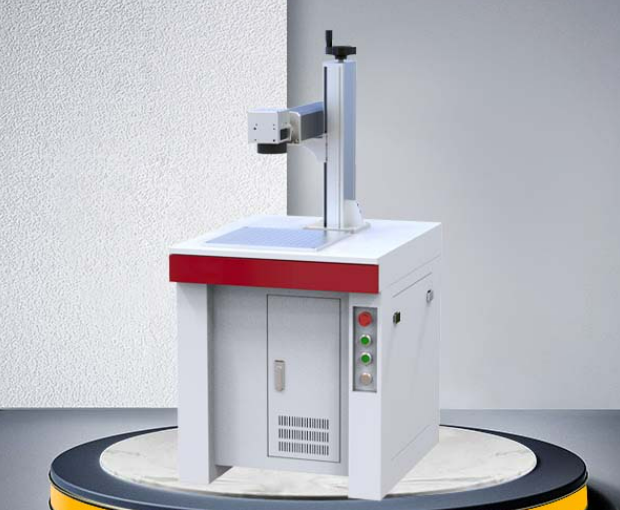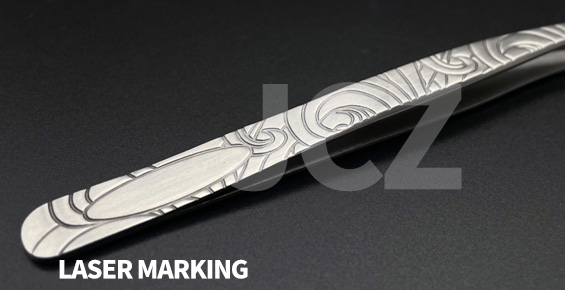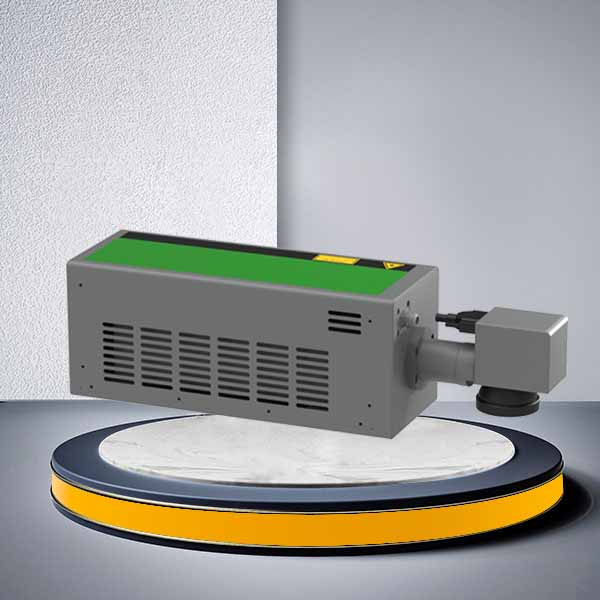
Every tool, implant, and medical device carries a mark — serial numbers, logos, barcodes.
Whenever a product comes into contact with the human body — whether implanted or simply used externally — it must be traceable. You need to know exactly what it is, where it came from, and when it was manufactured.
Unlike printed labels that can peel off or inks that can leach into tissue, laser markings are permanent. They withstand autoclaving, years of implantation, and decades of repeated use.
From Tiny Neural Probes to Hip Replacements
The range of medical devices that require laser marking is astounding.
A neural probe might be thinner than a human hair, yet it still needs a readable serial number. A hip implant, on the other hand, weighs several ounces and must endure 20+ years inside the human body — the marking must last just as long.
Everyday instruments also depend on durable identification: forceps that undergo hundreds of sterilization cycles, catheters that need batch codes, even stethoscopes that benefit from permanent marking for inventory tracking. And when a surgeon opens a sterile pouch, the label must always match the device inside.
High-Speed Flying Laser Marking & Engraving Machine – FF | FC | FU Series
The Regulatory Reality
Every device sold in the U.S. must include a Unique Device Identifier (UDI) traceable by the FDA — from manufacturing all the way to the patient. Europe enforces similar requirements under the MDR.
Why? Three main reasons:
Recalls happen — affected devices must be found quickly.
Liability matters — serial numbers identify responsibility.
Hospitals rely on data — UDIs drive billing, inventory, and logistics systems.
For any device implanted or in contact with tissue, traditional inks or adhesive labels are prohibited. The mark must be permanent, residue-free, and biocompatible. Laser marking is often the only method that meets both regulatory and ISO 13485 standards.
Medical Device Laser Marking Applications
Laser marking directs focused light to modify a material’s surface. Depending on the method, it can cause discoloration, photochemical changes, or physical engraving.
UV lasers are widely used for precision marking, focusing down to 5–7 microns (and sometimes as fine as 1 micron). For most applications, spot sizes in the 10–20 μm range provide the best balance of clarity and safety — even for delicate components like neural probes.
Below are the primary laser marking techniques used in medical manufacturing:
Laser Etching
Laser etching minimally removes surface material to produce a mark. It creates contrast through slight texture or reflectivity changes without compromising part integrity.
Etching is ideal for high-precision parts where even micron-level dimensional stability is critical. The process uses controlled heat or ablation to vaporize microscopic amounts of material — creating clean, high-contrast marks.
Laser Engraving
Laser engraving removes material to a greater depth (typically 0.002″–0.005″ or more), forming recessed, tactile marks that offer extreme durability and wear resistance.
While engraving provides lifetime traceability, it is generally not preferred for implantable medical devices due to the potential for rough surfaces and stress concentrations.
Laser Annealing
Laser annealing uses heat to change a material’s color or surface composition without removing material. The result is a visible mark formed by an oxide layer or molecular change.
This process preserves surface finish, polish, and dimensional accuracy — ideal for fluid-contact surfaces or precision-machined components.
Laser Ablation
Laser ablation removes material at the molecular level using ultra-short pulses (nanosecond to femtosecond). This cold laser process minimizes the heat-affected zone (HAZ), making it ideal for heat-sensitive polymers and composites.
By controlling photon energy, ablation can remove specific layers with micron-level precision — for instance, stripping coatings to reveal contrasting substrates or creating fine patterns on polymer tubing.
Laser Marking Applications by Material
The marking method depends heavily on material behavior:
Metals (Stainless steel, Titanium): Suitable for annealing or engraving depending on required contrast and depth.
Plastics (PEEK, ABS, PTFE): Sensitive to heat — UV lasers create crisp marks without deformation.
Ceramics and coatings: Hard and reflective — UV lasers offer precision and safety.
Selecting the correct laser parameters ensures the mark remains legible and stable throughout the device’s lifetime.
Validation for Medical Devices
Here’s a key point: compliance is the responsibility of the medical device manufacturer, not the laser vendor.
Manufacturers must validate that each marking method performs under real-world conditions — autoclaving, radiation exposure, contact with body fluids — and document results for regulatory approval.
Once validated, even minor process changes (like a software update or new laser model) may require revalidation, which can take months or years. Many facilities continue using older operating systems for this reason — process stability outweighs modernization.
Going Smaller
Medical devices are continuously shrinking — micro-stents, neural interfaces, and sensors all require readable marks.
Modern lasers can produce Data Matrix codes as small as 100×100 microns, with character heights below 100 microns.
Lasers also double as micromachining tools, capable of drilling micro-holes or cutting stents with femtosecond precision — combining marking and fabrication in a single step.
Cleanroom Requirements
Medical laser systems must comply with stringent cleanroom standards, often adapted from semiconductor manufacturing:
Class 1 safety enclosures
Assist gases and fume extraction
Vision systems for inspection
Micron-level repeatability
Parts require thorough post-cleaning after ablation to eliminate contamination risk — especially for implantables. In high-volume production (e.g., catheters), speed matters, but accuracy always comes first. When greater throughput is needed, manufacturers typically add systems rather than push lasers beyond validated limits.
Choosing the Right Setup
Manufacturers can choose from several configurations based on production needs:
Standalone workstations for R&D or small batches
Inline systems for continuous, automated marking
OEM modules for integrated, high-speed operations
Some companies mark both devices and packaging with the same laser, ensuring complete traceability from production to end use.
When comparing laser suppliers, look for those offering in-house testing labs capable of evaluating your materials and processes — ensuring the optimal configuration for your application.
The Bottom Line
In medical manufacturing, every mark must be precise, permanent, and compliant. The best laser marking solution is one that matches your material, workflow, and regulatory requirements — without compromise.


